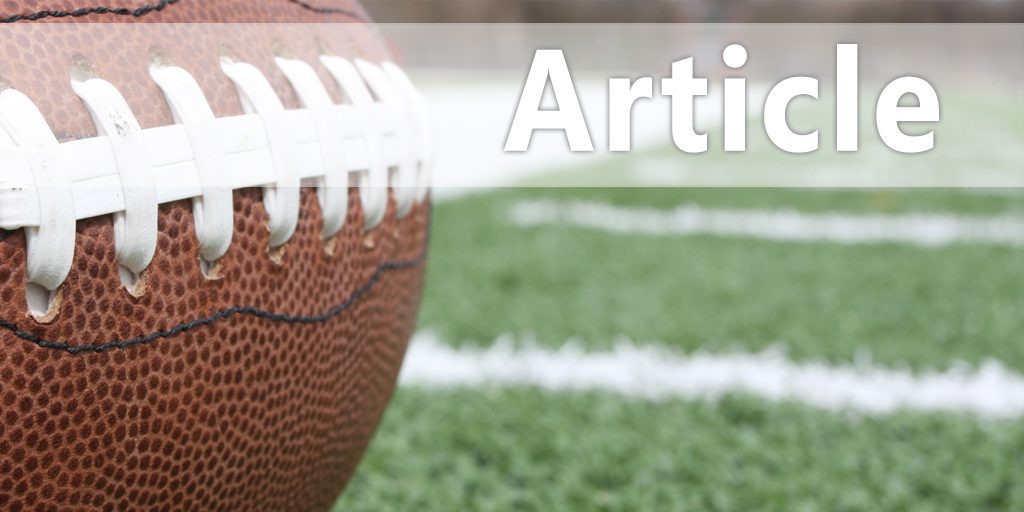| Running Backs - Pass Route Tips |
| By: Tim Horton
Originally Published in: Complete Running Back Provided by: Human Kinetics In understanding which routes to run, you must know whether you have a blocking responsibility before going out to run a route. Some offensive systems or plays are free releases for the running back; this means you have no blocking responsibilities. Other offensive systems or plays demand that you check your blocking responsibilities first before running a designated route. Here are route-running tips: 1. Understand the defensive front and where you can get a free release or insert on the pass routes you run between the tackles. 2. Use speed and acceleration to begin the play, especially when running an outside route such as the wheel or flat route. 3. In one-on-one coverage, close the cushion to the player guarding you. Closing the space and then accelerating out of your break creates separation and helps you get open. 4. When running a route, once you turn to face the quarterback, get your hands up. If the quarterback is forced to throw the ball quickly, your hands are in the proper position. 5. Use your eyes and head to help with deception on a route. Never look down to indicate when you are about to break on a route. Make eye contact with the defender. 6. Pump your arms into and out of your breaks. If your arms quit pumping and it looks like you're getting out your landing gear, defensive players can anticipate your break. 7. Lean your body slightly when running pass routes. It is difficult to get out of your break if you are playing high. 8. When running a route near the sideline, know that the catch always comes first. In professional football, you need both feet in bounds to make the catch legally. In college and high school football, you need just one foot in bounds to make the catch legally. 9. When running a wheel route, split the bottom of the numbers and the sideline. This will give you room to adjust to the football. 10. When running a flare route, know whether you are going to the boundary or field because that will determine how much bow or bubble to take. Get 3 to 4 yards of bubble into the boundary and 1 to 2 yards when going to the field. 11. After the catch, drop step with your foot closest to the boundary so you will be able to turn your hips and advance the football directly upfield. Some coaches refer to this as getting the ball north and south or "turning in your shadow." |






